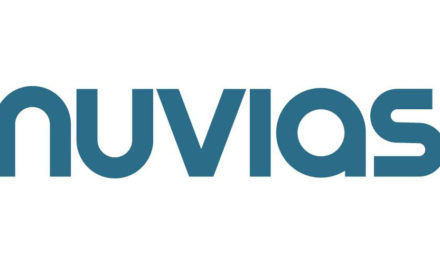
Red Hat Introduces Ansible Lightspeed for AI-Driven IT Automation

Ansible Lightspeed infuses domain-specific AI from IBM Watson Code Assistant to make Ansible more accessible organization-wide, helping to close automation skills gaps
Dubai, UAE – RED HAT SUMMIT – MAY 29, 2023 — Red Hat, Inc., the world’s leading provider of open source solutions, today announced Ansible Lightspeed with IBM Watson Code Assistant, a new generative AI service for Ansible automation. The service is designed to help drive consistent and accurate automation adoption across an organization, making it easier for novice users to automate tasks while removing the burden of low-level task creation from experienced automators.
In a time of evolving industry dynamics and economic uncertainty, businesses are tasked to do more with less. Organizations need a range of talent to stay resilient, drive innovation and realize the full value of hybrid cloud and automation investments, but shortages in critical IT skills can threaten these desired end-states. Per IDC, “90% of global organizations will experience the IT skills crisis by 2025,”[1] which means that “by 2026, enterprises that did not effectively address the talent and digital skills gap in their organization will constrain revenue growth opportunities by 20%.”[2] But, “driven by skills shortages, CIOs that invest in digital adoption platforms and automated learning technologies will see a 40% increase in productivity by 2025, delivering greater speed to expertise.”[3]
Ansible Lightspeed represents the next phase of the Project Wisdom initiative, making it accessible to users, contributors, customers, and Red Hat’s ecosystem of partners. Using natural language processing, the service will integrate with Watson Code Assistant, expected to be generally available later this year, to access IBM foundation models and quickly build automation code. This is the value that Watson Code Assistant (in technical preview) aims to bring to enterprises: to address the skills gap and efficiencies needed to accelerate the time to value for automation.
Designed with developers and operators in mind, Ansible Lightspeed enables a significant productivity boost for Ansible users to input a straightforward English prompt while making it easier for users to translate their domain expertise into YAML code for creating or editing Ansible Playbooks. To help train the model, users can also provide feedback.
Domain-specific AI combines the power of first-hand experience with technical innovation and enables AI to be infused into domain-specific technologies, like automation, to meet their specific challenges. Because it’s trained by users with a core understanding of real-world applications, Ansible Lightspeed enables more consistent, higher quality recommendations for specific challenges right away. It can deliver real value quickly — in a user’s industry, language and function.
Red Hat and IBM intend to deliver an Ansible Lightspeed experience built on transparency, collaboration, and choice. Proper code source matching is a key priority, and upstream content contributors will have a choice as to whether or not their work contributes to finetuning of the model.
Availability
The technology preview of Ansible Lightspeed with IBM Watson Code Assistant is slated for availability later this year.
[1] IDC FutureScape: Worldwide Future of Work 2022 Predictions, Doc # US47290521, Oct 2021
[2] IDC FutureScape: Worldwide Digital Business Strategies 2023 Predictions, Doc # CA49743822, Oct 2022
[3] IDC FutureScape: Worldwide Future of Work 2023 Predictions, Doc # US48711022, Oct 2022
















































